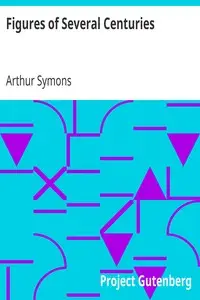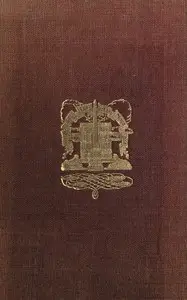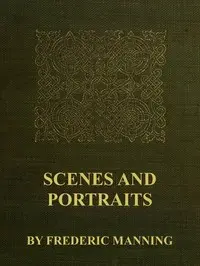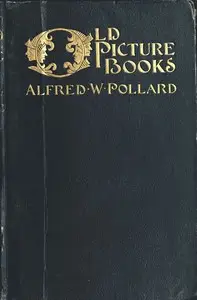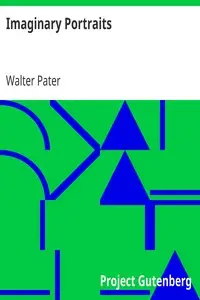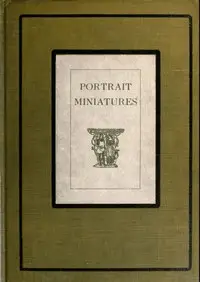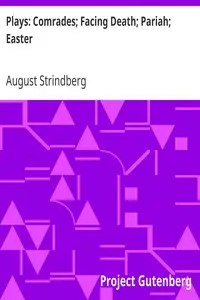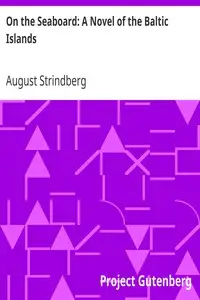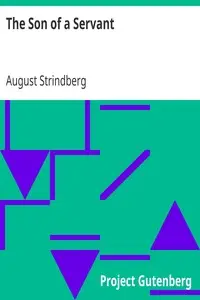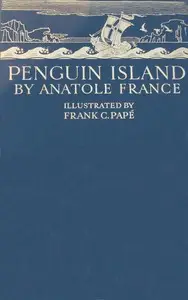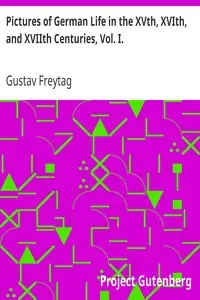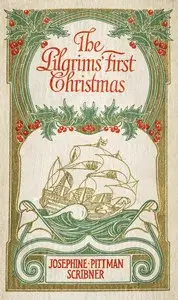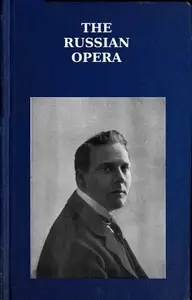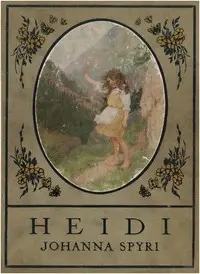"Historical Miniatures" by August Strindberg is a compilation of historical essays from the late 1800s, presenting snapshots of important events and people, all while mixing creative storytelling with deep thought about the past. Readers are introduced to figures like pharaohs, Socrates, and the Apostate, each shown within their own world and time. The book starts with an introduction highlighting its importance and then looks at history through lively stories; it depicts a Hebrew craftsman named Amram during the time of the pharaohs, who talks with others about life and faith while his people suffer in Egypt, showing the conflict between hope and the tough reality of their lives. This sets the stage for Strindberg to combine individual stories with bigger historical ideas, causing readers to think deeply about what happened long ago
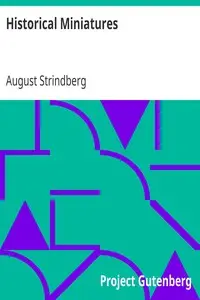
Historical Miniatures
By August Strindberg
Experience a journey through time, where iconic figures grapple with philosophical questions against the backdrop of their civilizations' defining moments.
Summary
About the AuthorJohan August Strindberg was a Swedish playwright, novelist, poet, essayist, and painter. A prolific writer who often drew directly on his personal experience, Strindberg wrote more than 60 plays and more than 30 works of fiction, autobiography, history, cultural analysis, and politics during his career, which spanned four decades. A bold experimenter and iconoclast throughout his life, he explored a wide range of dramatic methods and purposes, from naturalistic tragedy, monodrama, and historical plays to his anticipations of expressionist and surrealist dramatic techniques. From his earliest work, Strindberg developed innovative forms of dramatic action, language, and visual composition. He is considered the "father" of modern Swedish literature and his The Red Room (1879) has frequently been described as the first modern Swedish novel. In Sweden, Strindberg is known as an essayist, painter, poet, and especially novelist and playwright, but in other countries he is known mostly as a playwright.
Johan August Strindberg was a Swedish playwright, novelist, poet, essayist, and painter. A prolific writer who often drew directly on his personal experience, Strindberg wrote more than 60 plays and more than 30 works of fiction, autobiography, history, cultural analysis, and politics during his career, which spanned four decades. A bold experimenter and iconoclast throughout his life, he explored a wide range of dramatic methods and purposes, from naturalistic tragedy, monodrama, and historical plays to his anticipations of expressionist and surrealist dramatic techniques. From his earliest work, Strindberg developed innovative forms of dramatic action, language, and visual composition. He is considered the "father" of modern Swedish literature and his The Red Room (1879) has frequently been described as the first modern Swedish novel. In Sweden, Strindberg is known as an essayist, painter, poet, and especially novelist and playwright, but in other countries he is known mostly as a playwright.

